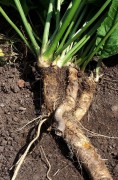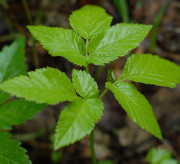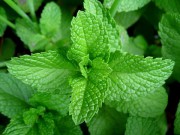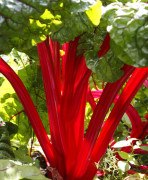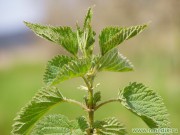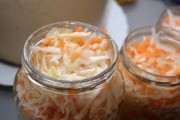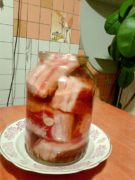Useful properties of parsley and contraindications. What are the benefits of parsley for men and women and how to prepare parsley for the winter.
Greece can rightfully be considered the birthplace of parsley. The ancient Greeks mainly used it as a decorative prop during religious ceremonies. The winners of sports competitions were awarded wreaths woven from parsley. The same wreaths were given to loved ones.
Neither holidays nor funerals were complete without parsley. And only the Romans appreciated the taste of parsley and began to use it in cooking. Over time, the beneficial properties of parsley were discovered and they began to use it as a medicine.
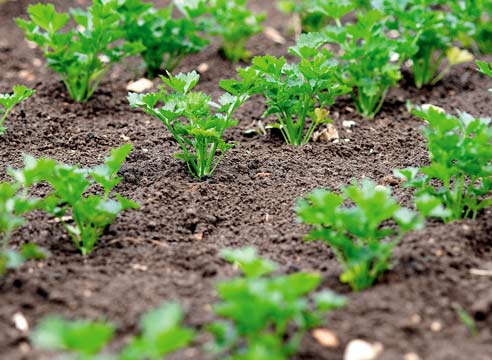
Photo: Parsley in the garden.
In Europe, parsley became popular with the assistance of Emperor Charlemagne. Having assessed the nutritional and medicinal properties of parsley, he issued a decree according to which its cultivation in the royal gardens, as well as on the estates of the courtiers, became mandatory. It is safe to say that it was during this period that the first culinary recipes using parsley appeared.
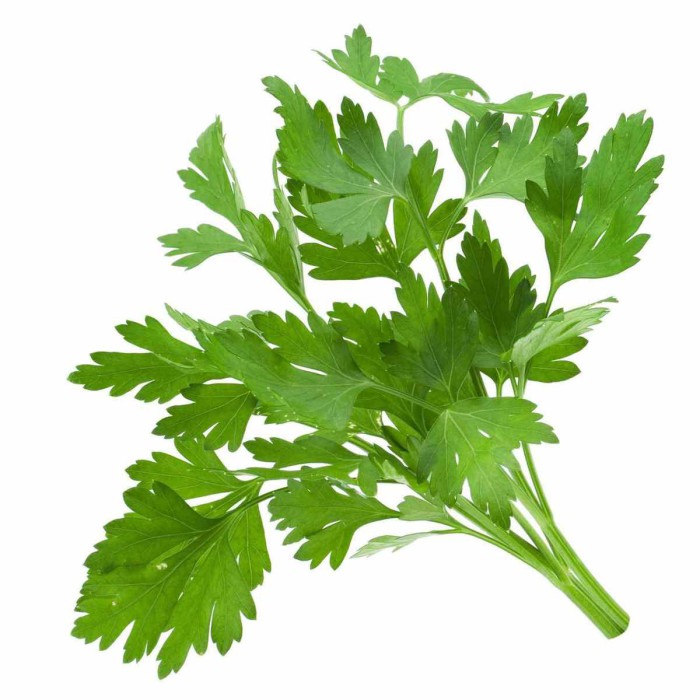
Parsley is very useful for men and women. After all, it contains a large list of minerals and vitamins.
In terms of vitamin C content, parsley has surpassed even lemon. It contains 4 times more of it than this overseas fruit. Double the daily requirement of vitamin C and provitamin A is contained in only 100 grams of parsley. And in terms of the amount of vitamin A, parsley is close to carrots. It is also rich in vitamins B 1 and B 2, PP and E.Parsley decoction contains a lot of calcium, magnesium, phosphorus and iron salts.
Parsley contains essential oil and folic acid. Parsley is an excellent dietary product, it contains approximately 4% protein and 7% sugar.
The beneficial properties of parsley are undeniable; there are very few contraindications. Parsley should not be used in the presence of diseases such as nephritis, gout, acute cystitis. Parsley is contraindicated in large quantities for pregnant women.
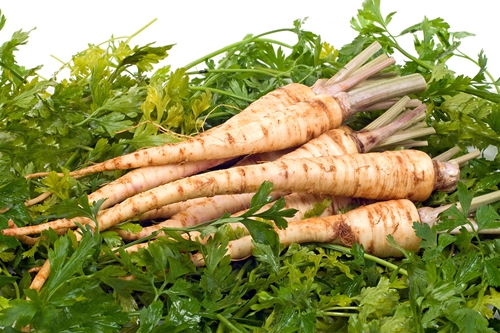
Photo: Parsley root.
Knowledge about the beneficial properties of parsley has come to us from ancient times. Not only parsley leaves are used for treatment; the healing capabilities of its roots are well known. A variety of decoctions and infusions are made from them. Both fresh and dry parsley root are used.
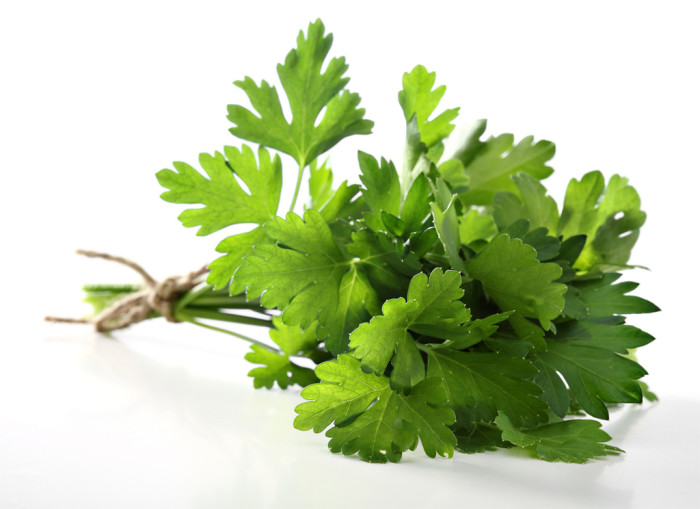
Some more beneficial properties of parsley are that it replenishes iron reserves well, is an aphrodesiac, and, thanks to the content of apigenin, helps fight cancer. Parsley is also known as a choleretic and antifever agent. Its ability to improve appetite and heal wounds is valued. Parsley can also help against mosquito bites; just wipe the bitten area with a parsley leaf and the inflammation goes away.
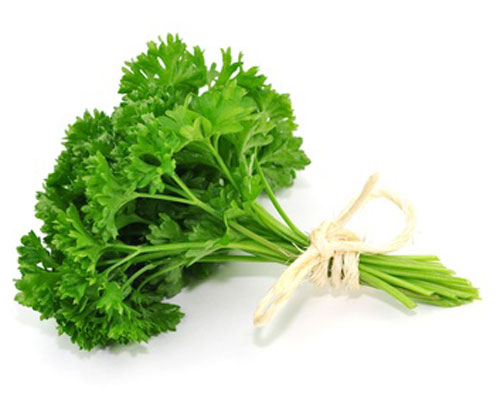
And how well it helps with the onset of a cold. A loading dose of several bunches a day, together with plenty of drinking, will prevent you from becoming completely ill.
Freezing is the easiest and most inexpensive way to prepare parsley for the winter. When frozen, the vitamins contained in it are preserved, but also, of course, the spicy aroma of herbs.
Drying is another popular way to prepare parsley for the winter.
There is another way to prepare greens for the winter - pickling. This method is most often used for harvesting parsley, dill, and basil.Well-washed and dried parsley is placed tightly in glass jars, sprinkled with salt, and they must be compacted tightly until the juice is released. Jars filled with herbs are closed with lids. They should be stored at a temperature no higher than 1-2 degrees.





